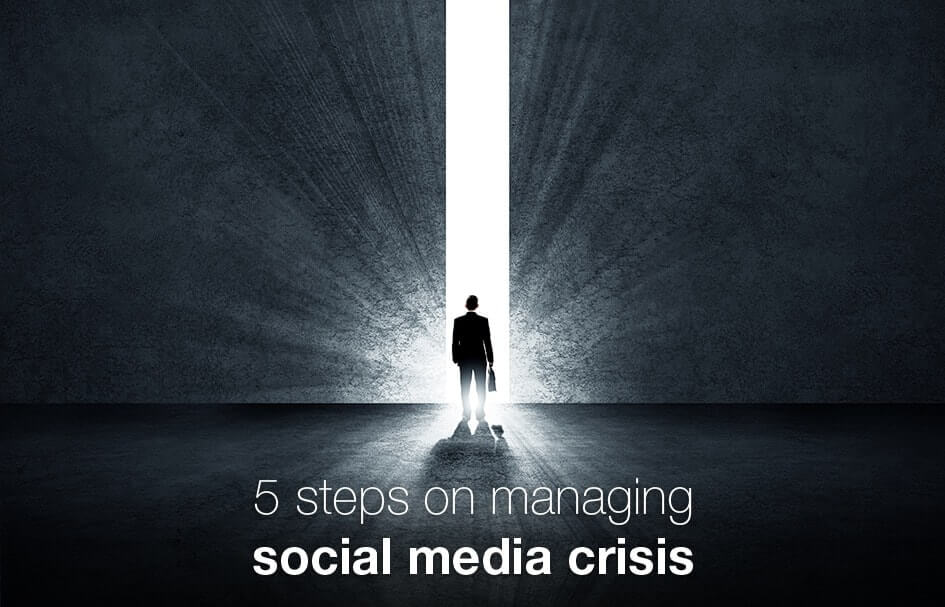Do you have a social media crisis plan? Most businesses do not and that can lead them vulnerable to big problems. In social media, anything can spread like wildfire and even the smallest misstep can turn into a huge debacle.
It’s always best to be prepared ahead of time and have a plan for how to handle a social media crisis so you can protect your brand’s reputation. Follow our five steps to managing a social media crisis to create your plan.
1) Speed is Crucial
Before you handle the problem, you have to know that a problem is occurring. It’s critical for your business to use a social media listening tool and constantly monitor your social channels. You can set up your brand name as a keyword so you are notified when anyone is talking about your brand on social media. There are many social listening tools now that make this process automated and easy to monitor. Some of the more popular ones include Hootsuite, Social Mention, and Mention.
2) Respond & Move Quickly
The first step you absolutely need to take if a crisis breaks out is to respond on the platform where the crisis began. For example, if a viral tweet is running rampant, respond on Twitter. You can spread your message to your other sites but begin addressing the situation where it began. Silence will only make fans and followers more suspicious. The best course of action is to respond and then try to take the conversation off the public forum. If it is one individual person who is having an issue, provide a contact number or email and find a way to have the conversation offline. This way you can handle the situation without the entire world watching your every response.
3) Acknowledge and Be Sorry (Be Truly Sorry)
Take responsibility of the issue immediately, even if the issue is not your fault. Trying to share the blame will not work in your favor. Accept responsibility, ask forgiveness and be committed to it. Don’t make the situation worse by apologizing for the sake of apologizing and then never fixing the problem because in this day and age, the truth will come out. Transparency is key.
4) Create Crisis FAQ & Response Protocol
This is when you take back a little bit of control of the situation. Create a website or a page on your website, with all of the information on the crisis. Include your acknowledgement and apologies, key facts, how the company learned of the situation, who responded, how you responded, next steps and contact information. This tactic will help you save you time and allow you to direct anyone with questions to the source instead of answering questions in real time. It also shows you are committed to fixing the problem.
5) Learn your Lessons
Once you have handled the immediate situation, circle back with your team and use it as a learning moment. Evaluate what worked and what could have been done better. Look at response time, who was involved and determine if you were missing any steps in the process. Document everything and use it to strengthen your social media crisis plan and your social media activities.
Hopefully you will never need to use this social media crisis management plan. But in this day and age where information spreads at the speed of light, it’s essential for your business and your reputation that you are prepared to handle any social media situation.
Are you looking for result-oriented ways to gain popularity on social media? Contact us to schedule a free consultation!
